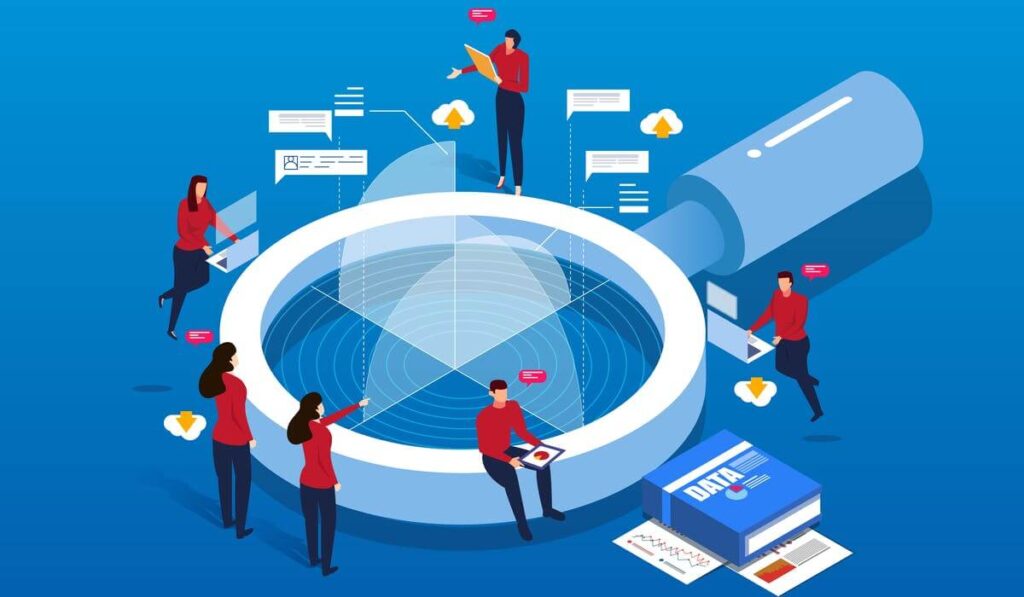In the “Ten Types of Innovation” framework, innovations are divided into three main categories: configuration (business model), offering (product), and experience (marketing). The type of innovation strategy to pursue depends on the nature of the problem and the skills needed to solve it.
- Business Model – How you make money
Innovative profit models often challenge an industry’s tired old assumptions about what to offer, what to charge, or how to collect revenues. This is a big part of their power: the dominant profit model often goes unquestioned for decades in most industries.
- Business Network – How you connect with others to create value
In today’s hyper-connected world, no company can or should do everything alone. Network innovations allow firms to take advantage of other companies’ processes, technologies, offerings, channels, and brands—pretty much any and every component of a business. These collaborations can be brief or enduring, and they can be formed between close allies or staunch competitors.
- Business Structure – How you organize and align your talent and assets
Structure innovations focus on organizing company assets—hard, human, or intangible—in unique ways that create value. They can include everything from superior talent management systems to ingenious configurations of heavy capital equipment. An enterprise’s fixed costs and corporate functions can also be improved through structure innovations, including departments such as Human Resources, R&D, and IT.
- Business Process – How you use signature or superior methods to do your work
Process innovations often form the core competency of an enterprise and may include patented or proprietary approaches that yield advantages for years or even decades. Ideally, they are the “special sauce” you use that competitors simply can’t replicate.
- Product performance – How you develop distinguishing features and functionality
Product performance innovations address the value, features, and quality of a company’s offering. This type of innovation involves entirely new products and updates and line extensions that add substantial value. Product performance innovations that deliver long-term competitive advantage are the exception rather than the rule.
- Product system – How you create complementary products and services
Product system innovations are rooted in how individual products and services connect or bundle together to create a robust and scalable system. This is fostered through interoperability, modularity, integration, and other ways of creating valuable connections between otherwise distinct and disparate offerings. Product system innovations help you build ecosystems that captivate and delight customers and defend against competitors.
- Service – How you support and amplify the value of your offerings
Service innovations ensure and enhance the utility, performance, and apparent value of an offering. They make a product easier to try, use, and enjoy; they reveal features and functionality customers might otherwise overlook; and they fix problems and smooth rough patches in the customer journey.
- Channel – How you deliver your offerings to customers and users
Channel innovations encompass all the ways that you connect your company’s offerings with your customers and users. While e-commerce has emerged as a dominant force in recent years, traditional channels such as physical stores are still important—particularly when it comes to creating immersive experiences. Skilled innovators of this type often find multiple but complementary ways to bring their products and services to customers. Their goal is to ensure that users can buy what they want, when and how they want it, with minimal friction and cost and maximum delight.
- Brand – How you represent your offerings and business
Brand innovations help to ensure that customers and users recognize, remember, and prefer your offerings to those of competitors or substitutes. Great ones distill a “promise” that attracts buyers and conveys a distinct identity. They are typically the result of carefully crafted strategies implemented across many touchpoints between your company and your customers, including communications, advertising, service interactions, channel environments, and employee and business partner conduct. Brand innovations can transform commodities into prized products and confer meaning, intent, and value to your offerings and your enterprise.
- Customer engagement – How you foster compelling interactions
Customer engagement innovations are all about understanding the deep-seated aspirations of customers and users and using those insights to develop meaningful connections between them and your company. Great customer engagement innovations provide broad avenues for exploration and help people find ways to make parts of their lives more memorable, fulfilling, delightful—even magical.
Source:

